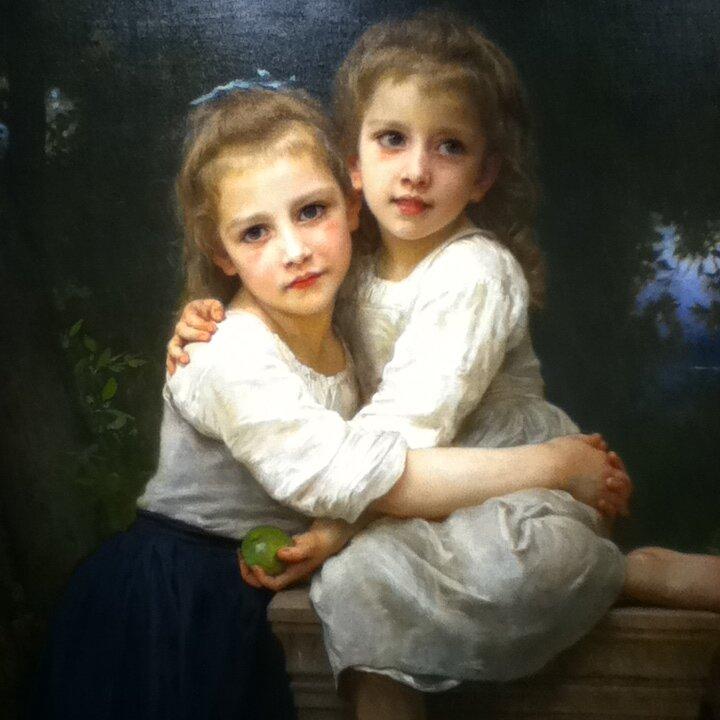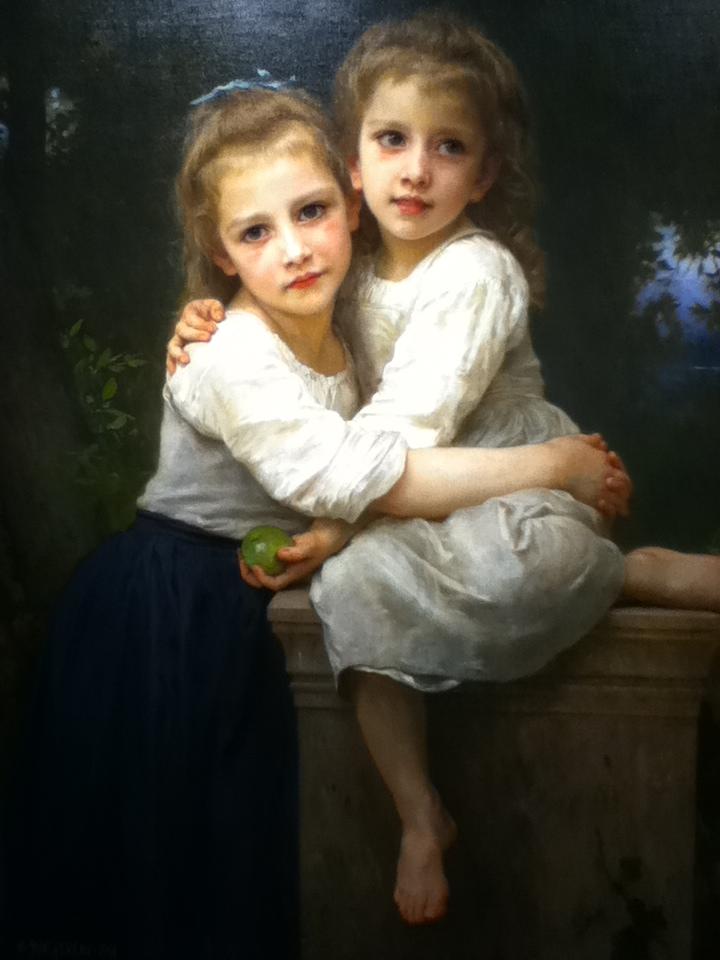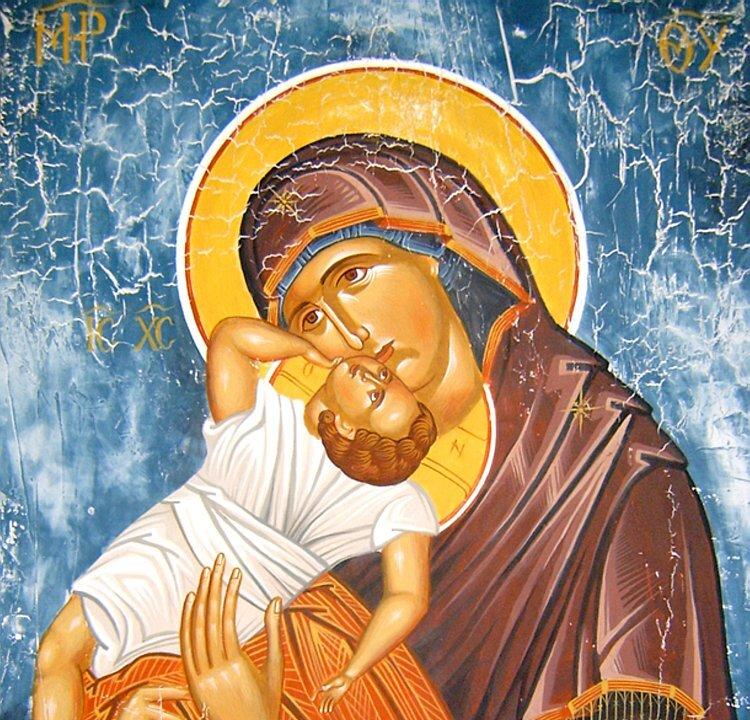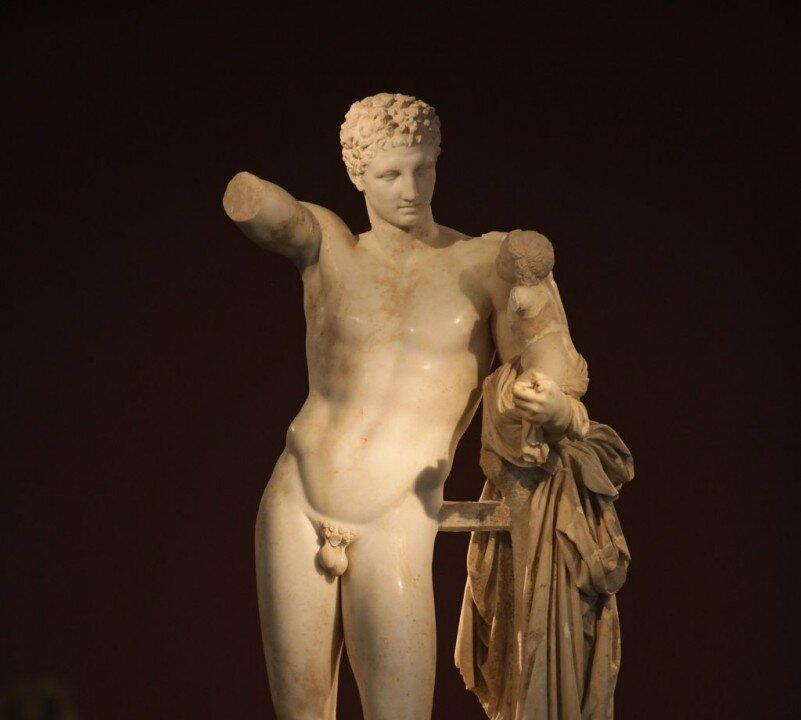APPLETON, Wis.—Highlighting the diverging worlds of impressionism and academic art, the Trout Museum of Art, in Appleton, Wis., offered its A World of Postimpressionism exhibit Sept. 16, 2011 to March 25. Notable artists represented in the exhibit included Antoine Blanchard, Edouard Cortès, and Paul Signac.
William-Adolphe Bouguereau’s “Two Sisters” was exhibited in the gallery and designed by the curator to illustrate the different approaches to art. Pairing one of the most-esteemed and strict academic painters with the loose styles of the postimpressionists lent to interesting contrast and debate.
Postimpressionism
The postimpressionist artists from the 1920s and 1930s followed the purveyors of impressionism in painting loose impressions of things. The postimpressionists often preferred the height of the industrial revolution as the theme of their works. Among the paintings were scenes of a bygone era depicting Paris streets as they would have appeared in the mid 19th century.
Following in the footsteps of the original impressionist painters, the postimpressionists took that theme as their main focus.
Rebecca Klabacka, a tour curator for the Trout Museum, said: “Impressionist artists make art for the sake of art itself. It was something more for fun than historical documentation.”
To give a more dramatic effect, objects in many of the postimpressionist paintings were often not rendered accurately. The artists used very heavy brush strokes and dabbled more in themes than substance in their paintings.
The impressionist paintings were seen as shocking in their day for abandoning the academic standards set forth in previous generations. Impressionists led the academies in Europe to eventually adopt their style as the norm in the art world. They were seen as the predecessors of the modern art movement, which typically kept searching for the next “extreme” with which to capture an audience.







